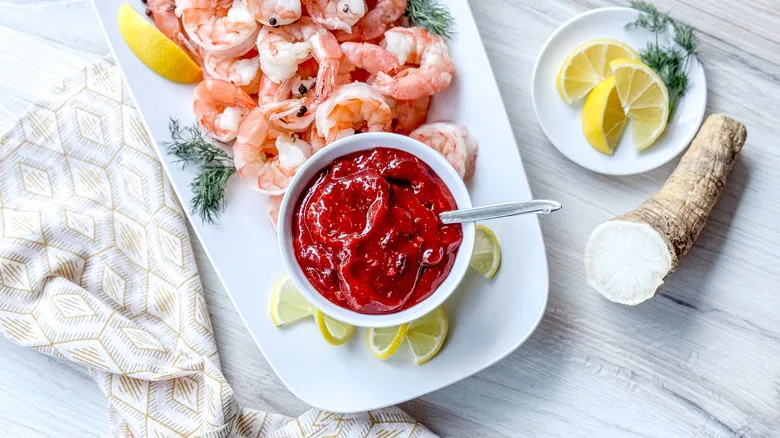Gather the Scandinavian-inspired lingonberry cocktail sauce ingredients
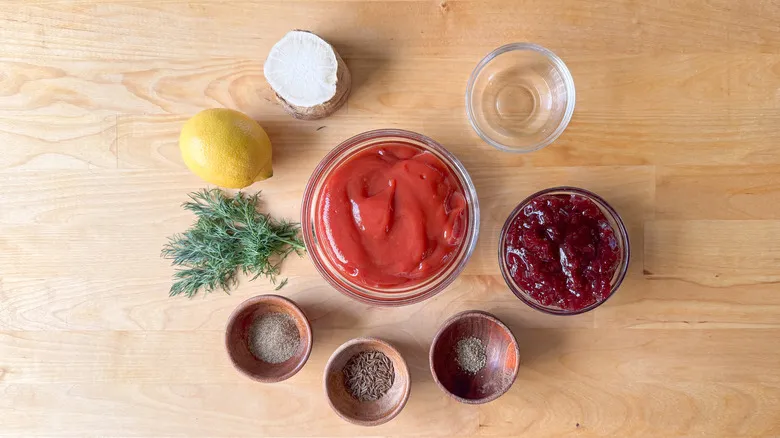
This simple yet incredibly flavorful sauce can be prepared in just a few minutes. Begin by peeling and grating some horseradish root to impart a sharp and fresh taste. Use a mortar and pestle to coarsely grind whole caraway seeds, enhancing their flavor and adding a unique Scandinavian touch. Select a high-quality ketchup as your base, ensuring it doesn’t contain high fructose corn syrup or excessive sweeteners. Lingonberry preserves contribute a distinctive sweet and tangy flavor, along with a bit of texture from the berries. Fresh dill and lemon juice provide brightness and herbal notes, while a splash of gin introduces subtle juniper flavors. Finally, season the sauce with white pepper and celery salt for the perfect finishing touch.
Step 1: Remove peel from the horseradish root
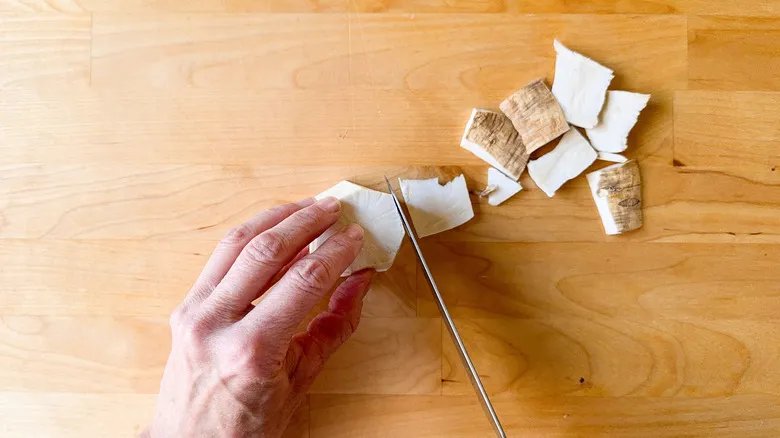
Peel the horseradish root.
Step 2: Grate the horseradish
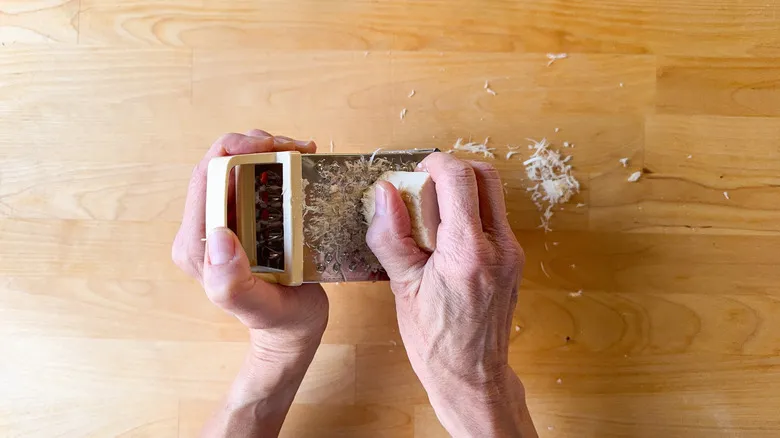
Shred enough horseradish to obtain 2 tablespoons. Put aside.
Step 3: Grind the caraway seeds
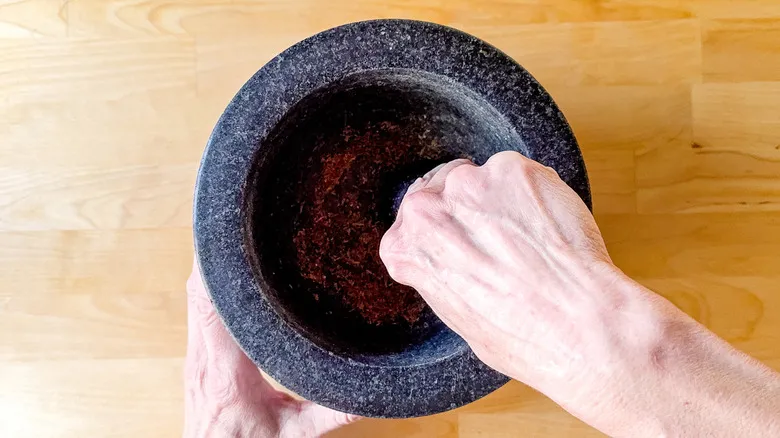
Utilize a mortar and pestle to crush the caraway seeds into finer fragments.
Step 4: Mix all ingredients
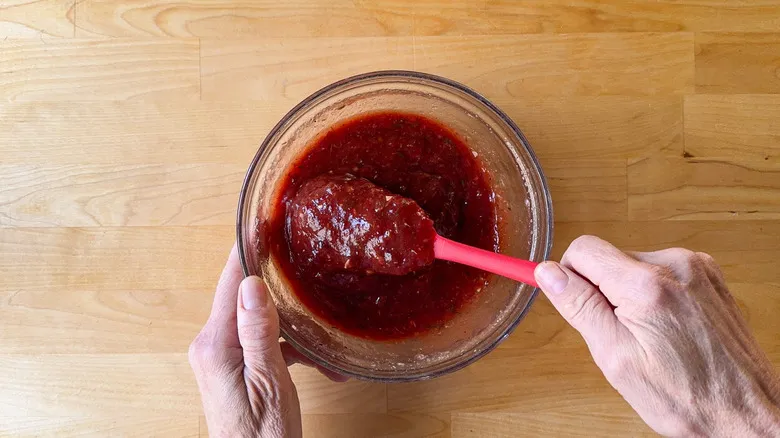
In a medium-sized bowl, combine all the ingredients thoroughly.
Step 5: Refrigerate the sauce

Pour the sauce into a serving bowl and chill in the refrigerator until you're ready to use it.
Step 6: Serve the sauce with your favorite foods
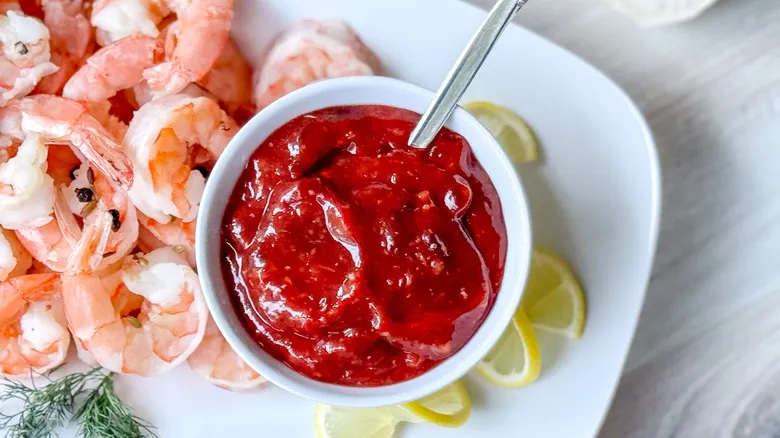
Serve as a dip for cooked shrimp or other chilled seafood.
What is the difference in taste between fresh and creamed horseradish?
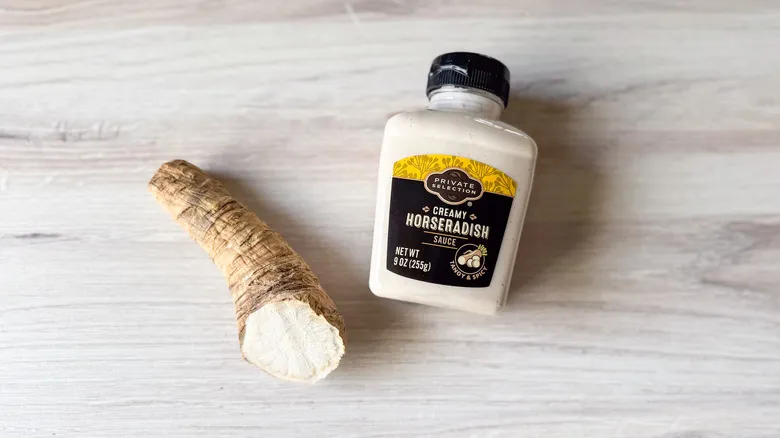
Horseradish root, as expected, belongs to the mustard plant family. It boasts a distinctive tangy and spicy taste and aroma that intensifies when chopped or grated. When selecting fresh horseradish root at the grocery store, ensure it is firm and free of soft spots that could indicate mold. Peel away the tough outer layer and use a fine grater to shred the fibrous interior, being careful to avoid the more bitter core.
Prepared horseradish — the creamy version you might find in the condiment section — has a milder flavor since the freshly grated root is soaked in vinegar. This process halts the enzymatic reactions that create the heat and spice, while still maintaining the flavor. Creamy variations of the prepared sauce may also include sugar, egg, and other spices to balance the root's intensity. Incorporating freshly grated horseradish into recipes will impart a bold flavor, but it may also introduce a bitter note. In contrast, the prepared horseradish sauce is ideal when you desire a more subtle flavor in your dish.
What are lingonberry preserves and can I use a different kind of preserves in this recipe?
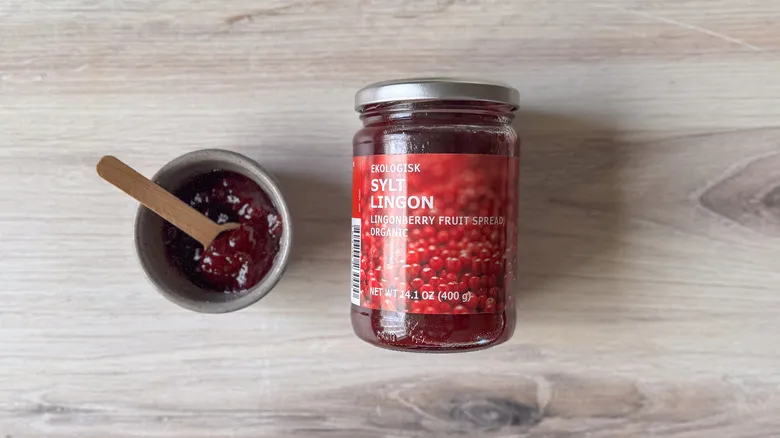
If you've ever tasted Swedish Fish candy, you've already experienced a hint of lingonberry flavor. Lingonberries are often mistaken for cranberries due to their similar red color, tough skins, and tangy taste. These berries typically grow wild in parts of the Northern Hemisphere and are harvested in late summer when they reach peak ripeness. Lingonberries have a rich culinary tradition in Scandinavia and other Northern European cultures, and they've gained popularity in the U.S. largely due to IKEA, which serves a lingonberry sauce alongside its famous Swedish meatballs.
Lingonberries are considered a superfruit, packed with antioxidants and known for their anti-inflammatory properties. Unlike cranberries, lingonberries can be enjoyed fresh, but they are best when sweetened, often found as preserves. Sweetened lingonberries can enhance pastries and desserts, but they also complement savory dishes. If you can't find lingonberry preserves for this cocktail sauce recipe, you can substitute cranberry sauce or tart cherry jam. If the cocktail sauce turns out too sweet, consider adding a splash of lemon juice for balance.
Recommended
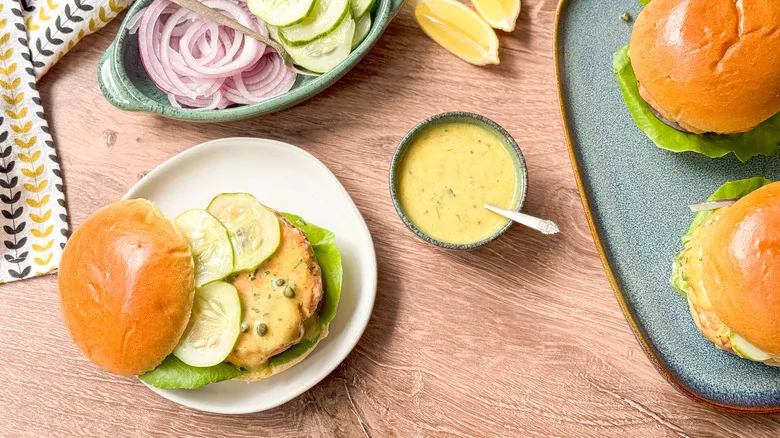
Broiled Salmon Burgers With Curry Remoulade Recipe

Grilled Shrimp Tacos With Avocado-Corn Salsa Recipe
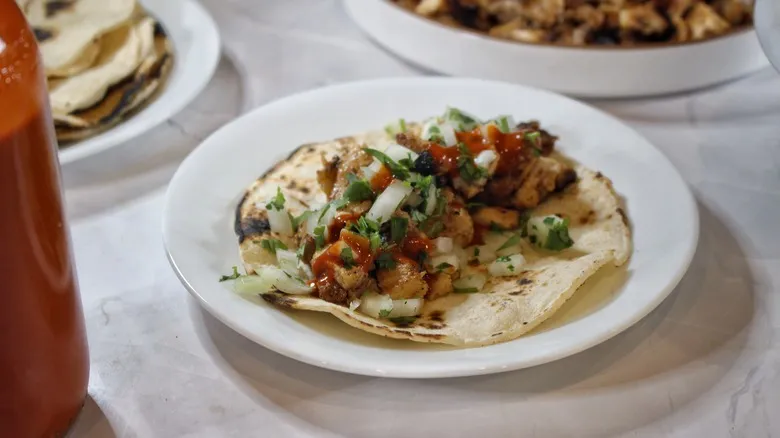
Chicken Adobado Street Tacos Recipe

Japanese Twice-Fried Chicken (Karaage) Recipe
Next up

